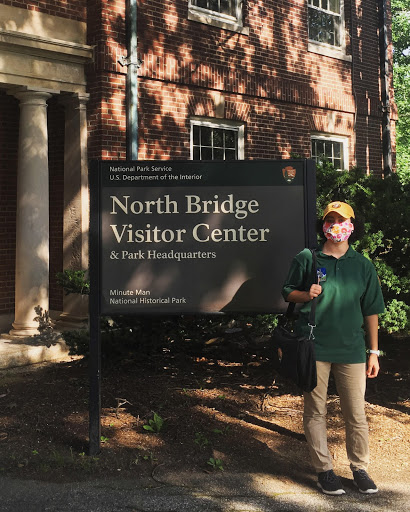Stacks on Stacks…of Records: digging into the archives at CVNP
By: Maeve Marino
Part of my end goal here at Cuyahoga Valley National Park (CVNP) is to dig into the records of Joe Jesensky, an amateur archaeologist and historian that was frequently at sites in the park. Many of the sites Jesensky recorded never made it to the Ohio State Historic Preservation Office (SHPO) records and can only be learned about through Jesensky’s extensive collection of writing and notes, some of which reside in the archives at CVNP. My goal is to go through these notes and maps left by Jesensky and report these sites to the state.
This week I finally was able to get a look at some of these records first-hand. Jesenksy was interested in a variety of things and the files were extensive. There were maps, interviews, photos, and notes about notorious criminals, historic trails, archaeological sites, and more. All the variety in the records makes it fun to really explore the history of the Cuyahoga Valley. These records also help me to understand some of the history of individual archaeological sites. Many sites in the Cuyahoga Valley were excavated in the early-to-mid 20th century and without Jesensky, the records on some of these sites would be nonexistent until later field surveys were done decades later, when much of the material had already been looted and lost or sold. These records will help me get a more complete picture when I’m trying to put multiple sites into context to see bigger trends between them.

An example of the notes and maps in Jesensky’s files
In addition to getting to go to the archives this past week, I also had the chance to tag along with another intern on the opposite side of resource management, natural resource management. The natural resource management team monitors the quality of the river water and I was curious to see the steps in that, so out I went with Talia! If you look in the picture below you’ll see a bucket with a bottle in it and this gets thrown off the bridge we were standing on and filled with water. This bottle then gets put into a cooler until we make it back to the office, where Talia is able to test the water quality and add it into a predictive model they’re working on. It’s always important to see the other side of resource management, after all we all need to work together as a team in resource management and it’s definitely easier to do so when you understand the other person’s job.

Talia getting ready to throw the bucket in the river
